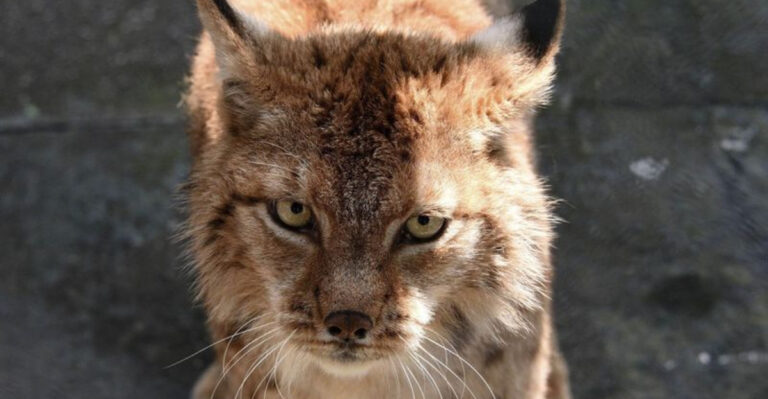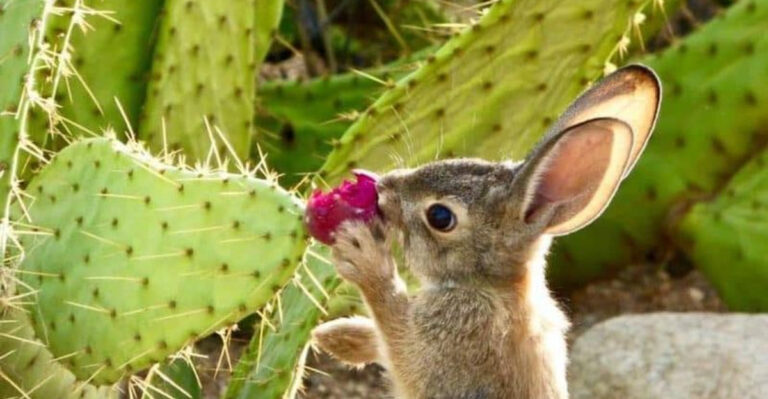10 Fearless Animals That Have No Natural Enemies (And 5 That Are Vulnerable To Predators)
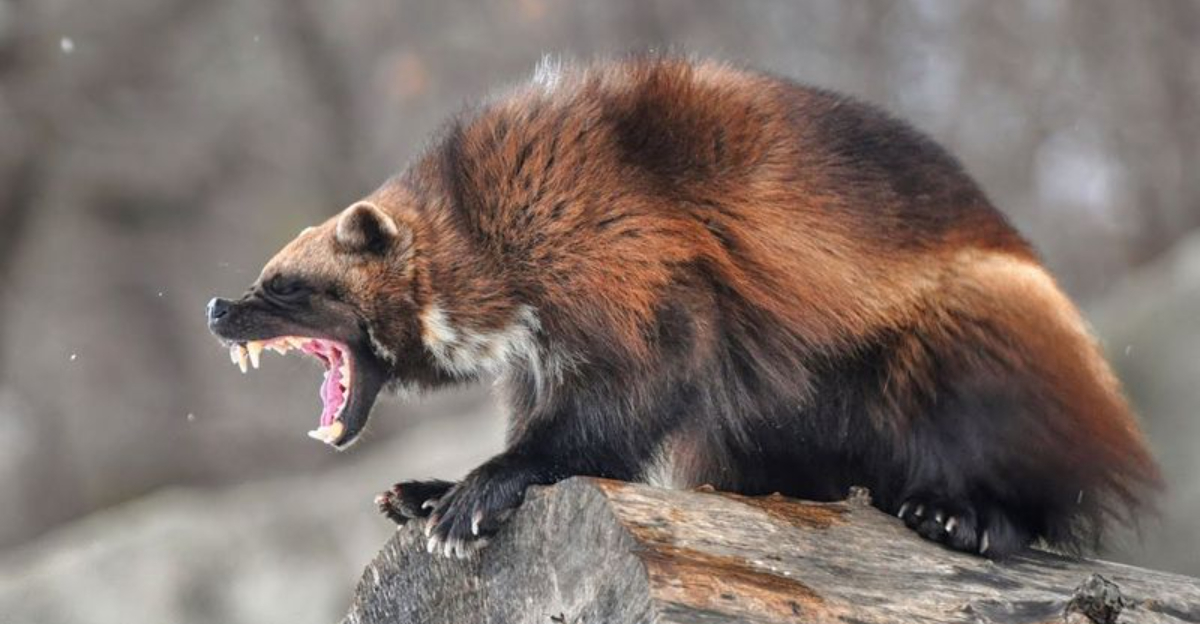
Ever wonder which creatures rule their habitats without fear? Some animals have evolved into apex predators or developed unique defense mechanisms that keep them safe from harm.
Meanwhile, others face constant threats despite their impressive abilities. Let’s explore ten animals that have no natural enemies and five that remain surprisingly vulnerable in the wild.
1. Saltwater Crocodile
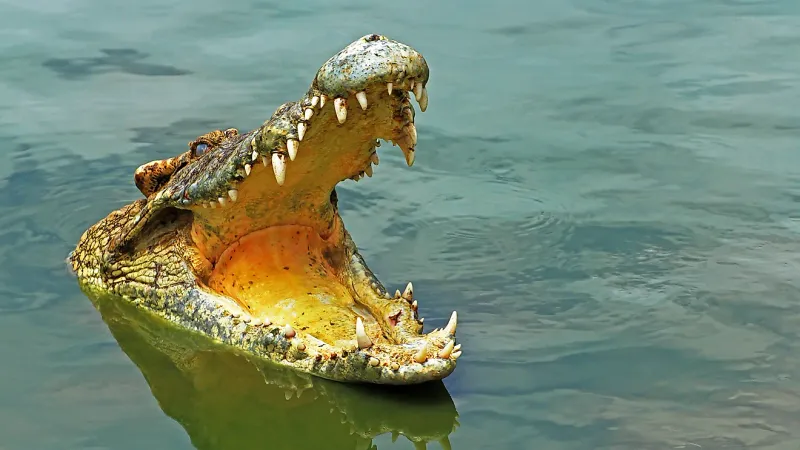
Weighing up to 2,200 pounds with bone-crushing jaws exerting 3,700 pounds of pressure, these monsters fear nothing in their territory.
They’ve remained virtually unchanged for 200 million years. Ancient Egyptians worshipped them as gods, and for good reason – their armored bodies and ambush hunting skills make them practically invincible in their watery domains.
2. Electric Eel

Shocking predators with up to 860 volts, these Amazonian creatures can stun or kill almost any threat. That’s enough electricity to power multiple households simultaneously! Despite the name, they aren’t actually eels but a type of knifefish.
Their specialized electric organs make up 80% of their body length, creating a built-in defense system no predator dares challenge.
3. Honey Badger
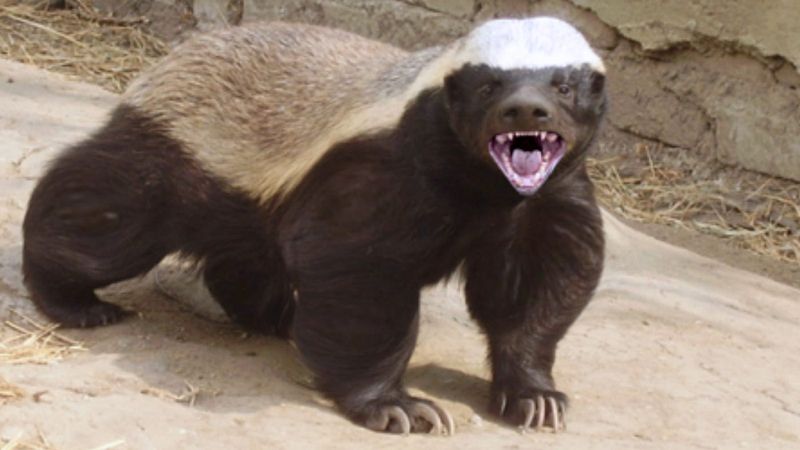
Famous for their tenacity, these scrappy mammals take on venomous snakes, beehives, and even lions without hesitation.
Their loose, thick skin allows them to twist and fight back when grabbed. They’ve evolved partial immunity to many venoms and can recover from cobra bites that would kill other animals. National Geographic researchers once observed a honey badger fighting off six lions!
4. Blue Whale
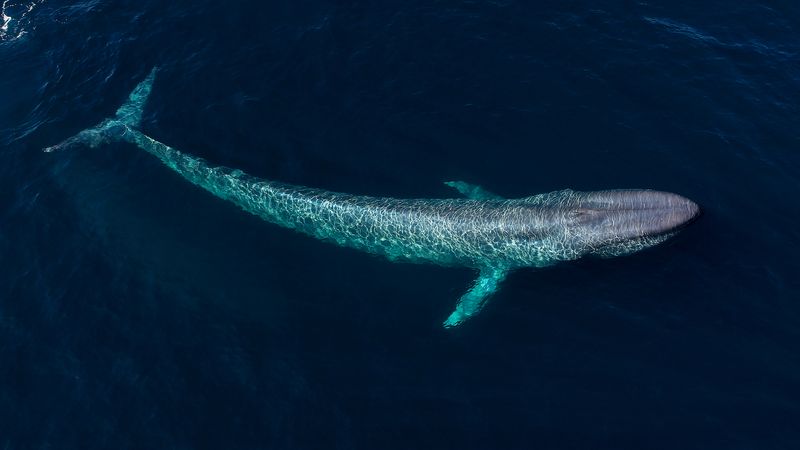
As the largest animal ever to exist on Earth, adult blue whales simply outsize any potential predator. Their hearts alone are the size of a small car!
Young calves occasionally face orca attacks, but adults swim without fear. Their massive size – up to 100 feet long and 200 tons – combined with powerful tails capable of crushing boats provide perfect protection in the open ocean.
5. African Elephant
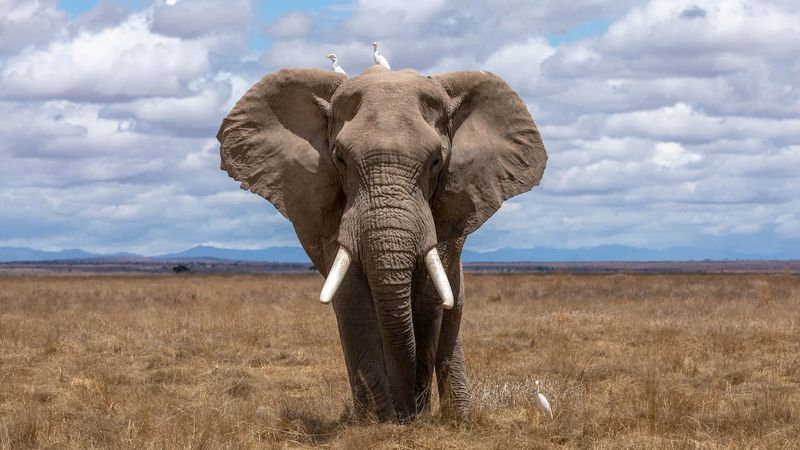
Armed with tusks that can impale and a trunk that delivers knockout blows, adult elephants face virtually no threats except humans.
Their thick skin – up to 1.5 inches in some places – acts like natural armor. Elephants travel in protective family groups led by experienced matriarchs. Even lions and crocodiles typically avoid fully-grown elephants, targeting only isolated calves or sick individuals when desperate.
6. Orca
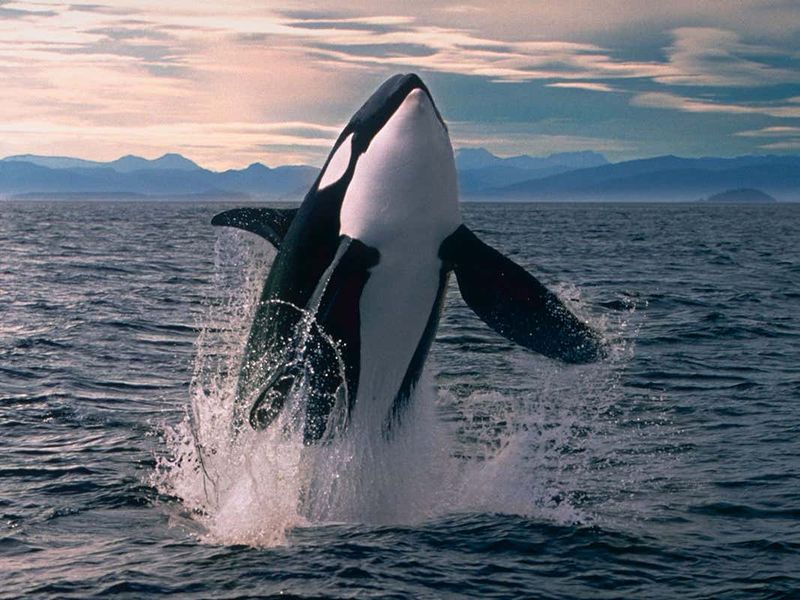
Known as killer whales, these intelligent mammals sit firmly atop the marine food chain. They hunt in coordinated pods using complex strategies that even great white sharks can’t escape.
Orcas have been documented flipping sharks upside down to induce tonic immobility! Their powerful bodies – up to 6 tons – combined with 4-inch teeth and remarkable problem-solving abilities make them untouchable in the wild.
7. Komodo Dragon
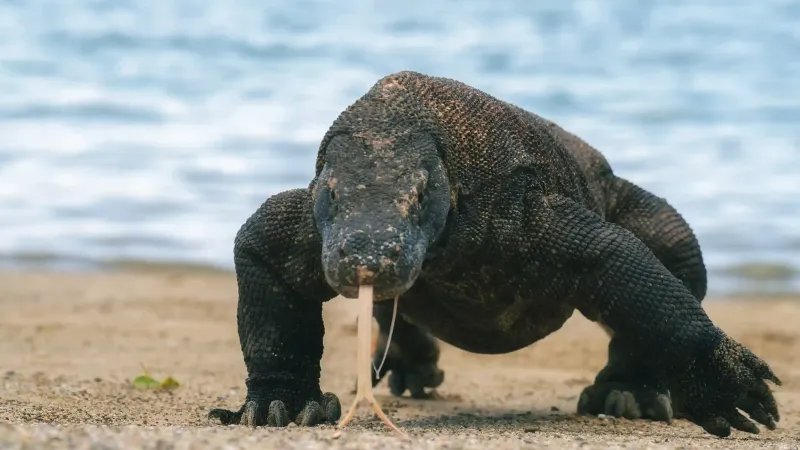
Reaching 10 feet long with serrated teeth and venom glands, these Indonesian lizards dominate their island ecosystems. One bite delivers anticoagulants and shock-inducing toxins that slowly incapacitate prey.
Patient hunters, they’ll track wounded animals for days until the venom takes effect. Their bacteria-laden saliva was once thought to be their killing method, but scientists now recognize their complex venom as the true deadly weapon.
8. Polar Bear

Standing 10 feet tall on hind legs with paws the size of dinner plates, these Arctic giants face no natural threats.
Their incredible swimming ability – up to 60 miles without rest – helps them dominate their frozen realm. Perfectly adapted with 4-inch thick fat layers and water-repellent fur, they navigate -50°F temperatures with ease. Their sense of smell can detect seals under 3 feet of ice from nearly a mile away!
9. Hippopotamus
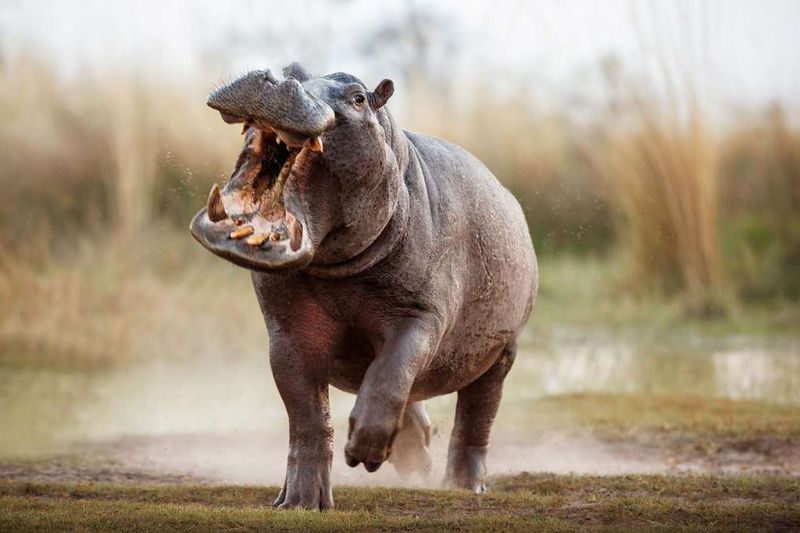
Despite their vegetarian diet, hippos kill more humans in Africa than any other large animal. Their massive jaws can snap a crocodile in half, and their aggressive territorial nature keeps predators at bay.
Semi-aquatic and surprisingly fast, they can outrun humans on land despite weighing up to 4 tons! Their skin secretes a natural sunscreen that appears red, leading to myths about them sweating blood.
10. Wolverine
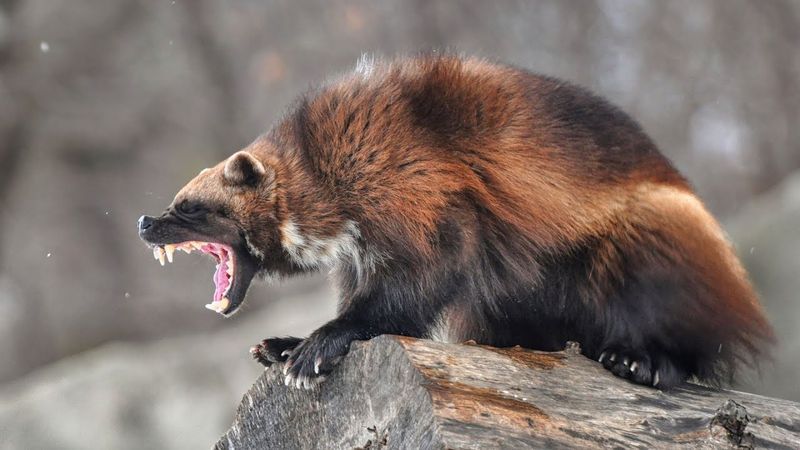
Looking like mini-bears, these 30-pound mustelids fearlessly drive wolves and bears away from kills. Their jaw strength can crush frozen bones and their claws function like built-in crampons for scaling icy mountains.
Wolverines have been documented taking down prey ten times their size! Their thick fur resists frost so effectively that Arctic indigenous peoples prized it for parka trim, making these solitary fighters truly adapted for survival in extreme conditions.
11. Koala
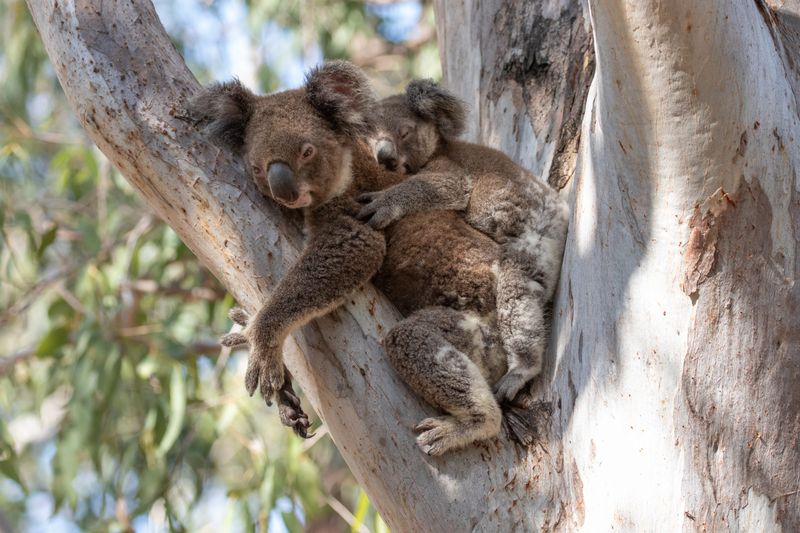
Spending 22 hours daily sleeping in treetops, these Australian icons make easy targets for dingoes, pythons, and eagles.
Their specialized eucalyptus diet provides minimal energy for escape or defense. Koalas lack the speed or fighting ability to fend off determined predators. Human development has fragmented their habitat, forcing dangerous ground crossings that expose them to additional threats from domestic dogs and vehicle collisions.
12. Monarch Butterfly

Despite their toxic compounds from milkweed, these iconic orange-and-black insects fall prey to birds, spiders, and wasps that have evolved immunity to their defenses. Their predictable migration patterns make them especially vulnerable.
Each winter, they gather by millions in specific Mexican forests. This concentration creates a buffet for predators that have adapted to consume them despite their toxicity, challenging their survival as a species.
13. Giant Panda
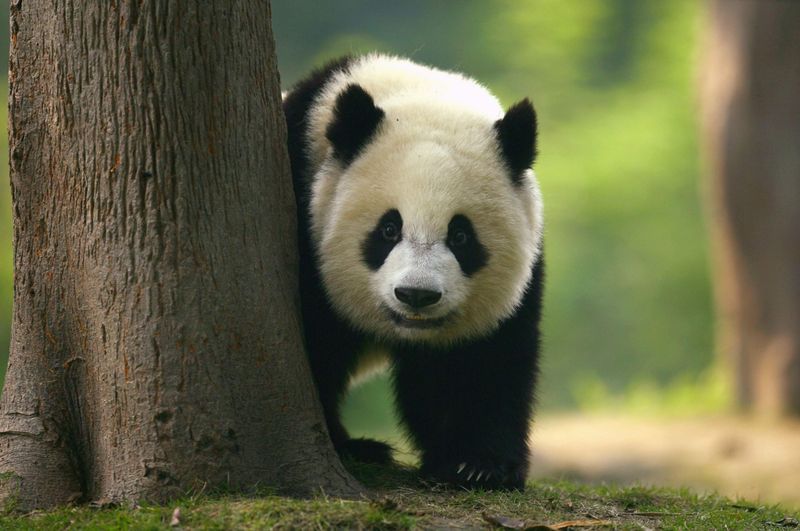
Once targeted by leopards and wild dogs, pandas lack both speed and effective defenses. Their specialized bamboo diet requires constant feeding – up to 16 hours daily – leaving little energy for fighting predators.
Adult pandas can technically defend themselves with powerful jaws, but their declining numbers and fragmented habitats have made them increasingly vulnerable. Cubs face particular danger with a 40% mortality rate in the wild.
14. Sloth
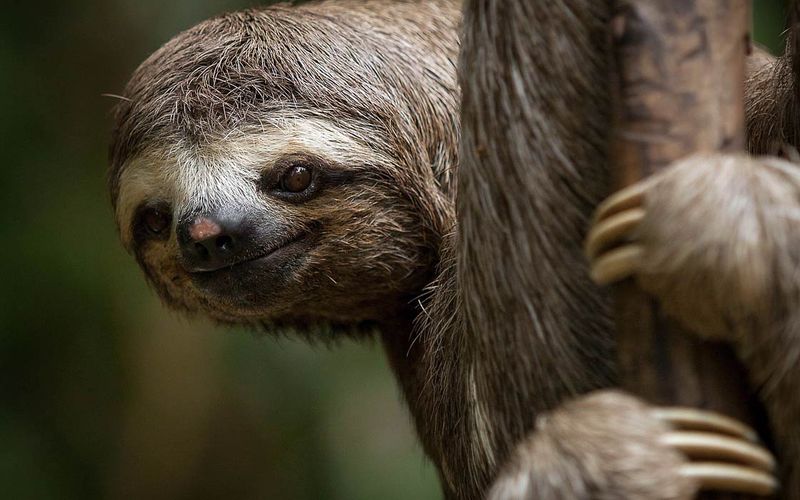
Moving at a maximum speed of 0.17 miles per hour, these tropical mammals can’t outrun anything. Eagles, jaguars, and snakes regularly pick them off trees despite their camouflage and algae-covered fur. Their weekly bathroom trips to the forest floor prove especially dangerous.
Sloths risk everything for these necessary journeys, when nearly 50% of all sloth deaths occur – a steep price for answering nature’s call!
15. Galapagos Tortoise
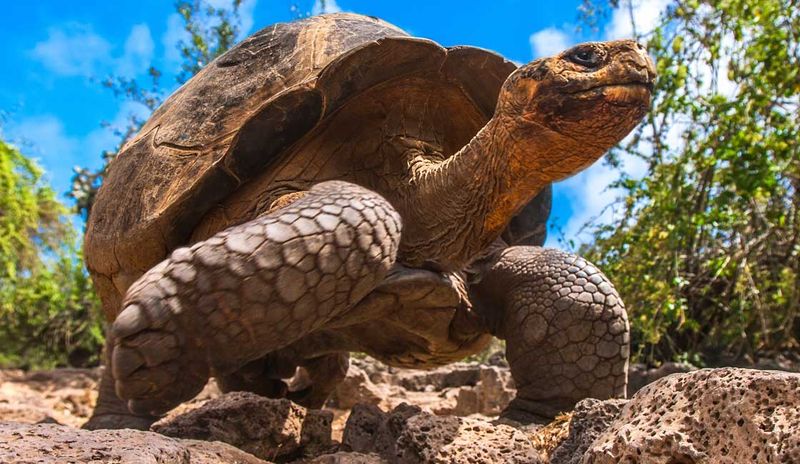
Evolution in predator-free islands left these gentle giants without meaningful protection mechanisms. Their shells can’t fully retract their limbs and necks, unlike most tortoise species.
When humans arrived with cats, dogs, and rats, these tortoises had no behavioral adaptations to protect themselves or their eggs. Their extremely slow reproduction rate – females lay eggs just once yearly – means populations can’t quickly recover from predation pressure.

